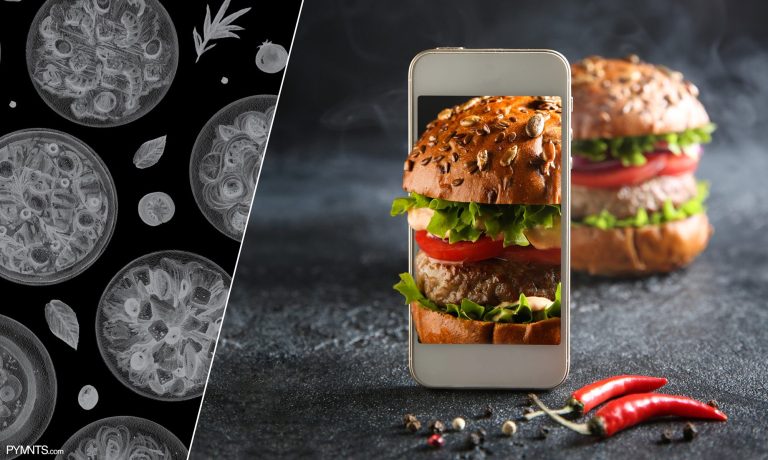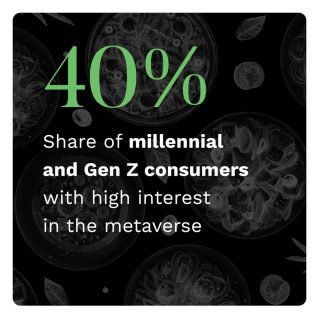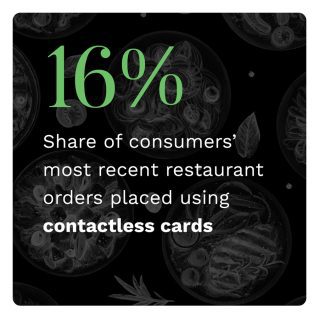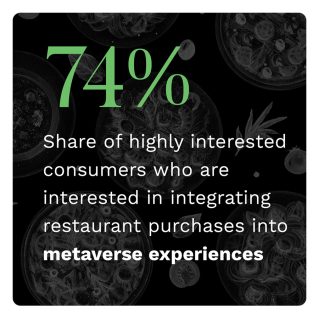Study Shows Restaurants See Metaverse as New Loyalty Play

Technology has become woven into the fabric of our daily lives so quickly that many common verbs have picked up entirely new meanings. While shopping once meant visiting a store, it is now just as likely to mean clicking an app on a phone or visiting a website.  Common actions within the restaurant industry are likewise evolving as technological innovations further mesh with and transform established tools.
Common actions within the restaurant industry are likewise evolving as technological innovations further mesh with and transform established tools.
The Digital Divide: The Move To The Metaverse, a PYMNTS and Paytronix collaboration, examines the relationship between consumers, restaurant owners and brands with the budding metaverse and the direction this might take. This survey of 2,694 consumers analyzes how consumers currently interact with both restaurant technology and the metaverse, as well as their opinions and perceptions about both.
More key findings from the report include:
 • Technology is gaining prominence in restaurant interactions, and the metaverse is emerging as the next frontier in the industry. Nearly one-quarter of consumers have either used the metaverse already or reported high interest in doing so, meaning the time is opportune for restaurants to begin creating metaverse experiences for early adopters.
• Technology is gaining prominence in restaurant interactions, and the metaverse is emerging as the next frontier in the industry. Nearly one-quarter of consumers have either used the metaverse already or reported high interest in doing so, meaning the time is opportune for restaurants to begin creating metaverse experiences for early adopters.
• Interest in the metaverse correlates strongly with positive feelings toward and frequent use of technology — including restaurant technology. Consumers who used restaurant technologies such as QR codes or apps during their most recent restaurant visits are more likely to express interest in the metaverse than the average consumer. Forty-three percent of consumers who used two or more technologies to order their most recent restaurant meals before being surveyed have a strong interest in the metaverse.
• The advent of the metaverse could drive loyalty program adoption.  Seventy percent of metaverse-savvy consumers engage in loyalty programs — well above the sample average of 45%. Though loyalty program members are always valuable for restaurants, brands interested in growing their metaverse presence should keep this correlation between loyal customers and potential metaverse enthusiasm in mind. Though these consumers may be more likely to engage with the metaverse, consumers who are involved in loyalty programs and interested in the metaverse tend to spend more per meal than uninterested consumers.
Seventy percent of metaverse-savvy consumers engage in loyalty programs — well above the sample average of 45%. Though loyalty program members are always valuable for restaurants, brands interested in growing their metaverse presence should keep this correlation between loyal customers and potential metaverse enthusiasm in mind. Though these consumers may be more likely to engage with the metaverse, consumers who are involved in loyalty programs and interested in the metaverse tend to spend more per meal than uninterested consumers.
To learn more about how the move to the metaverse will impact eateries of all kinds and their relationships with consumers, download the report.
